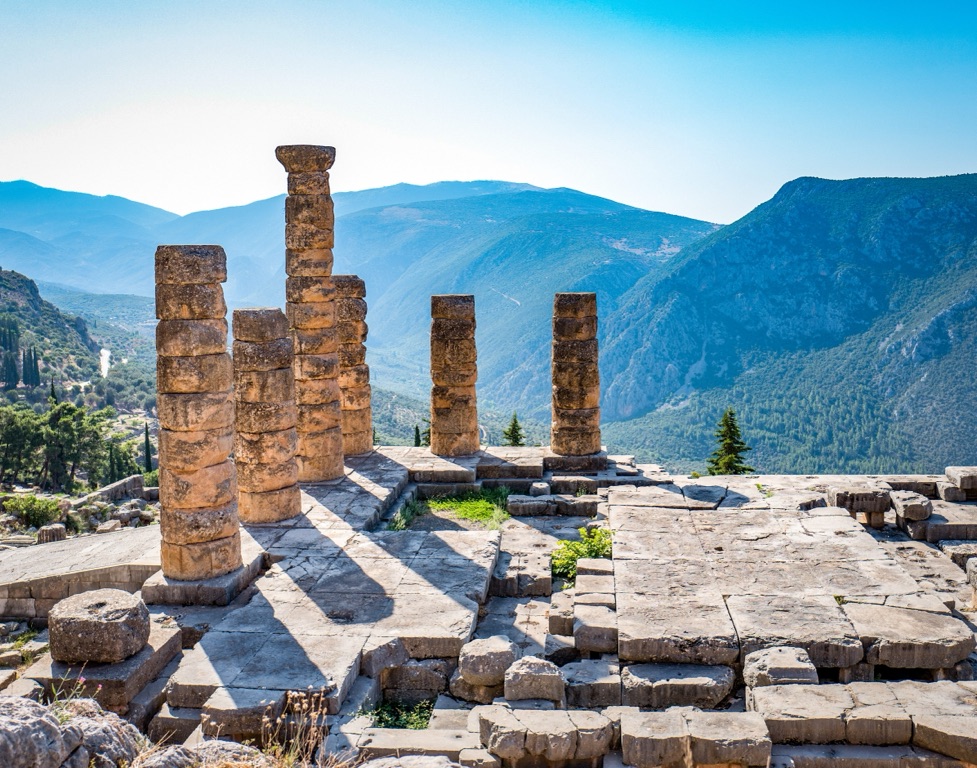Summary
The Temple of Apollo in Delphi, Greece, is one of the most significant archaeological sites from the ancient world. Known as the “navel of the world,” Delphi was a central hub of religious, cultural, and political activity in ancient Greece. The Temple of Apollo, which was the centrepiece of this sacred site, was home to the Pythia, the high priestess of the temple who served as the oracle of Delphi. This temple was a major site for the worship of the god Apollo and played a crucial role in Greek religious and societal practices.
Get your dose of History via Email
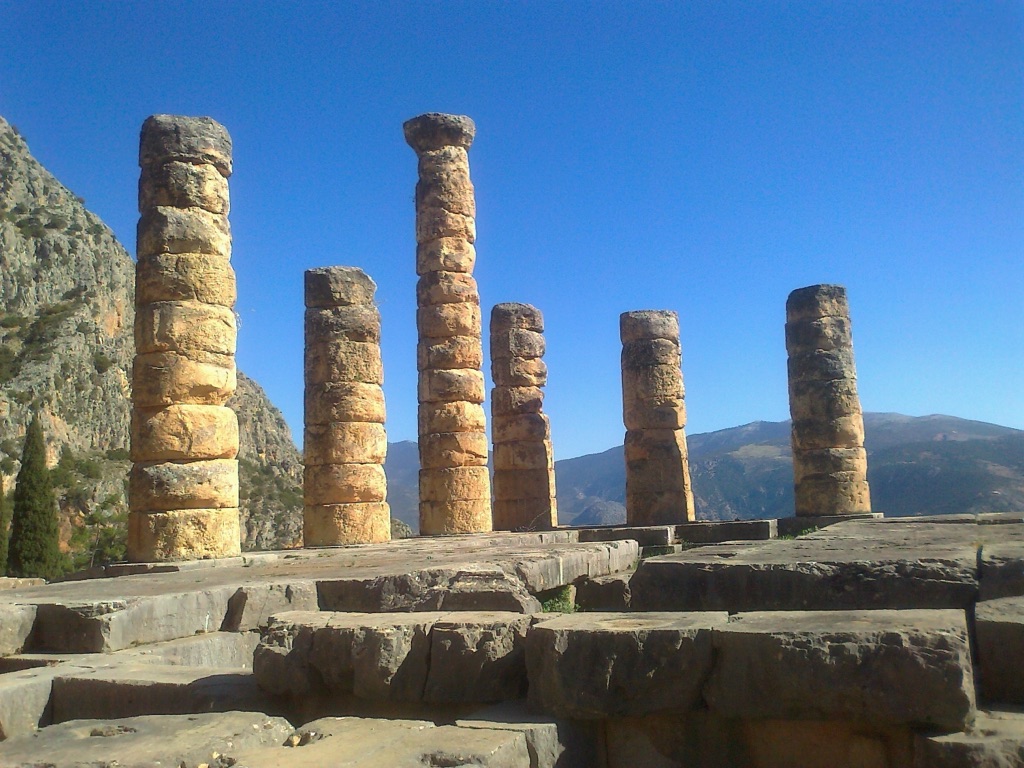
What is the historical significance of the Temple of Apollo in Delphi and what role did it play in ancient Greek religion and society?
The Temple of Apollo at Delphi holds immense historical significance as it was considered the most important oracle in the classical Greek world. Kings, generals, and common folk would travel from all over Greece and beyond to consult the Pythia, seeking divine guidance on a wide range of issues, from public policy to personal matters. The responses of the Pythia were considered to be the words of Apollo himself, giving the temple a central role in Greek religion and society.
The temple also played a key role in the Panhellenic Games, which were held every four years at Delphi. These games were not just athletic competitions, but also included contests in music, poetry, and drama, making the Temple of Apollo a hub of cultural activity.
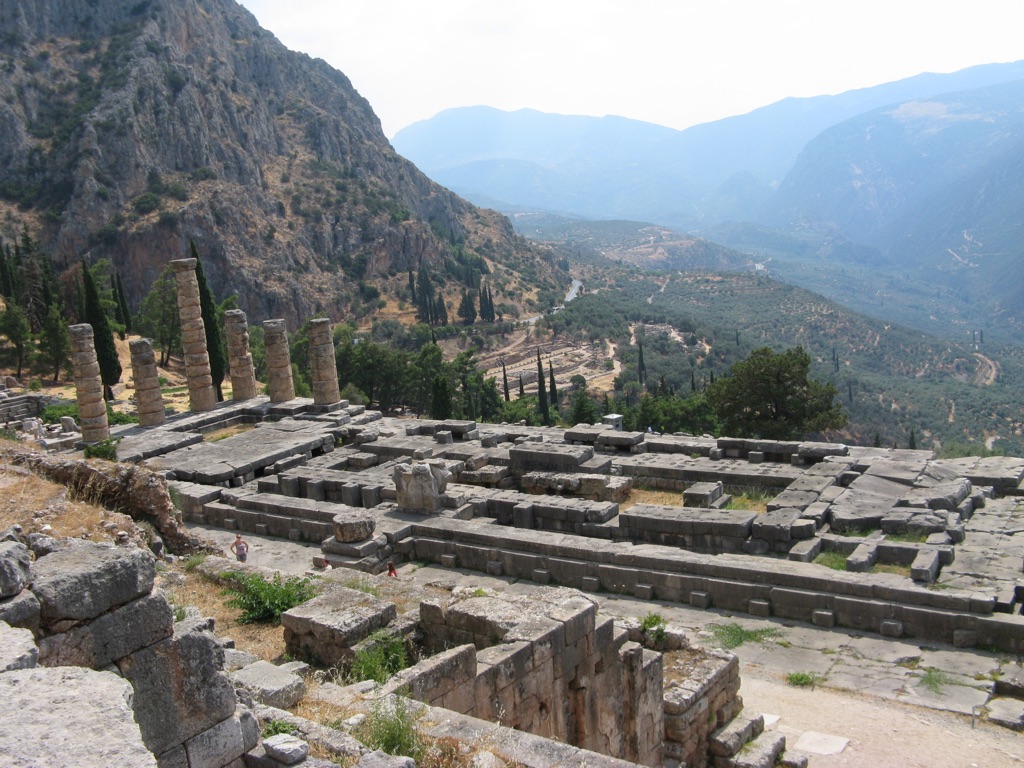
The temple’s influence extended beyond religious and cultural life. Its location in central Greece made it a crossroads for travelers, traders, and armies, and the sanctuary of Apollo became a place where different city-states could interact in a neutral setting. This helped to foster a sense of shared Greek identity, despite the often fierce rivalries between individual city-states.
The Temple of Apollo was also a significant economic center. The offerings and donations made by those seeking the oracle’s advice brought great wealth to Delphi, allowing the construction of numerous treasuries, monuments, and other buildings. This wealth, in turn, increased the temple’s influence and prestige.
Finally, the Temple of Apollo at Delphi was a center of learning. The inscriptions on the temple’s walls, known as the Delphic maxims, are some of the earliest known written records of Greek philosophical thought. These maxims, such as “Know thyself” and “Nothing in excess,” were considered to be divinely inspired wisdom and were widely disseminated throughout the Greek world.
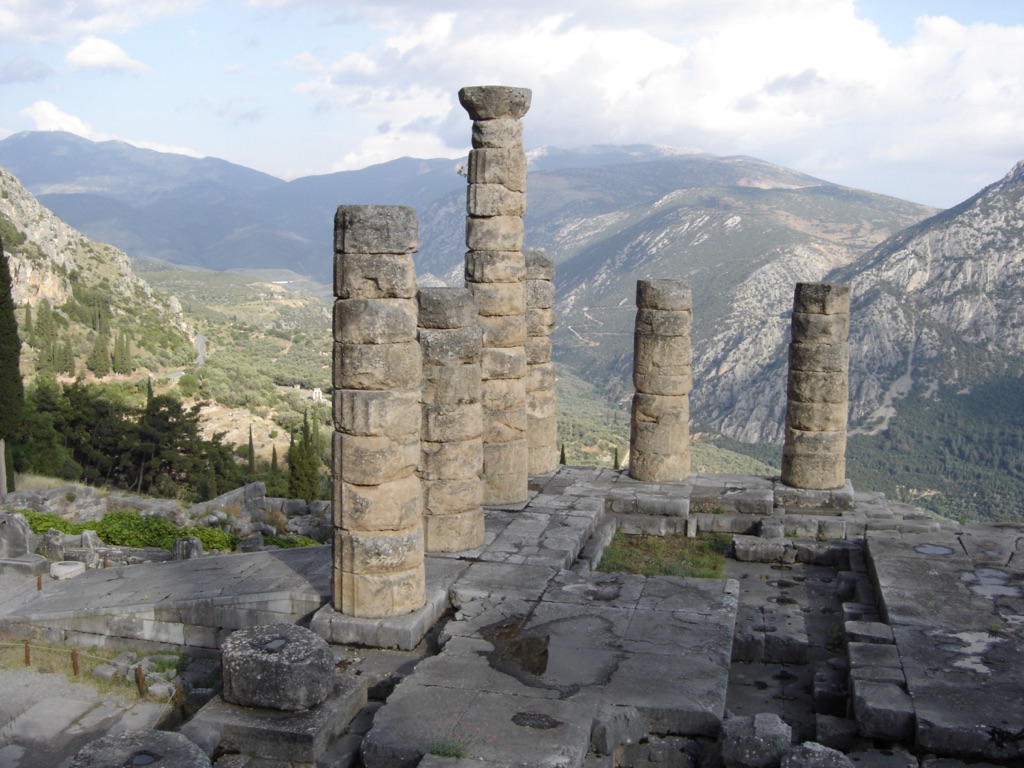
What role did the Temple of Apollo in Delphi play in ancient Greek culture and religion?
The Temple of Apollo at Delphi was not just a religious center, but also a cultural hub. The temple was the site of the Pythian Games, one of the four Panhellenic Games, which were similar to the modern Olympics. These games included athletic contests, as well as competitions in music, poetry, and drama. The winners of these contests were awarded a laurel wreath from the sacred laurel tree of Apollo, symbolizing the god’s patronage of the arts.
The temple was also a center of learning and philosophy. The Delphic maxims inscribed on the temple’s walls represented some of the earliest expressions of Greek philosophical thought. These sayings, attributed to Apollo himself, were considered to be divine wisdom and were widely disseminated throughout the Greek world.
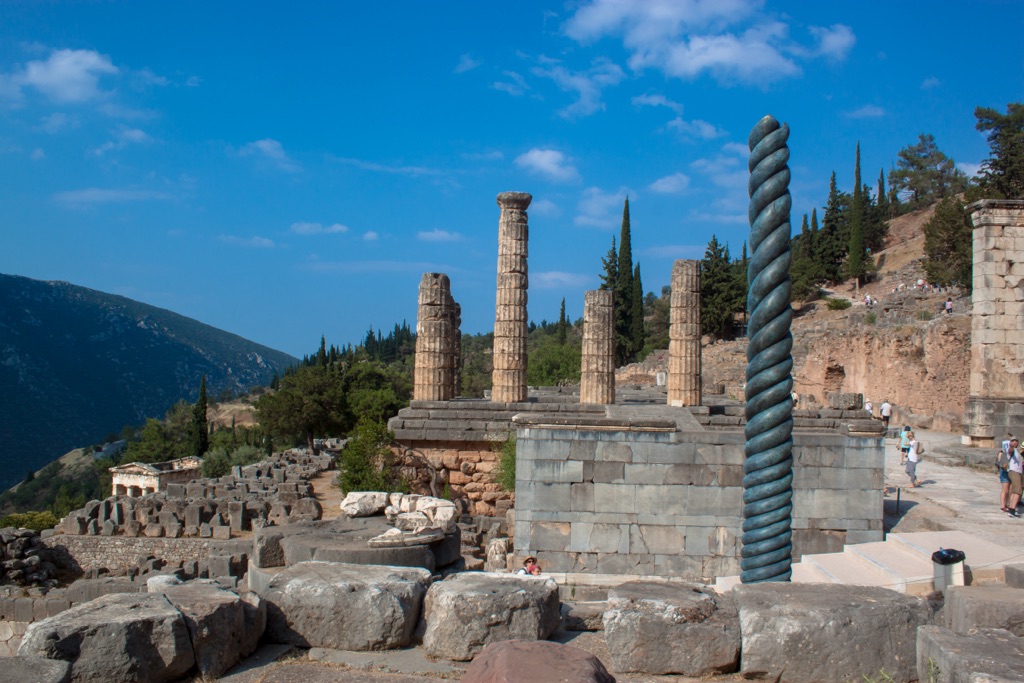
The temple’s role in Greek religion was equally significant. As the home of the Pythia, the high priestess who served as the oracle of Delphi, the Temple of Apollo was considered the most important oracle in the Greek world. People from all walks of life would travel to Delphi to consult the oracle, seeking guidance on everything from public policy to personal affairs.
The temple was also a major site for the worship of Apollo, one of the most important gods in the Greek pantheon. Apollo was the god of prophecy, music, poetry, healing, and the sun, among other things, and his temple at Delphi was considered one of his most important sanctuaries.
Finally, the Temple of Apollo at Delphi was a significant architectural achievement. Its design and decoration reflected the wealth and prestige of Delphi, and its location on the slopes of Mount Parnassus offered stunning views of the surrounding landscape. The temple was a testament to the skill and creativity of its builders, and its ruins continue to inspire awe and admiration today.
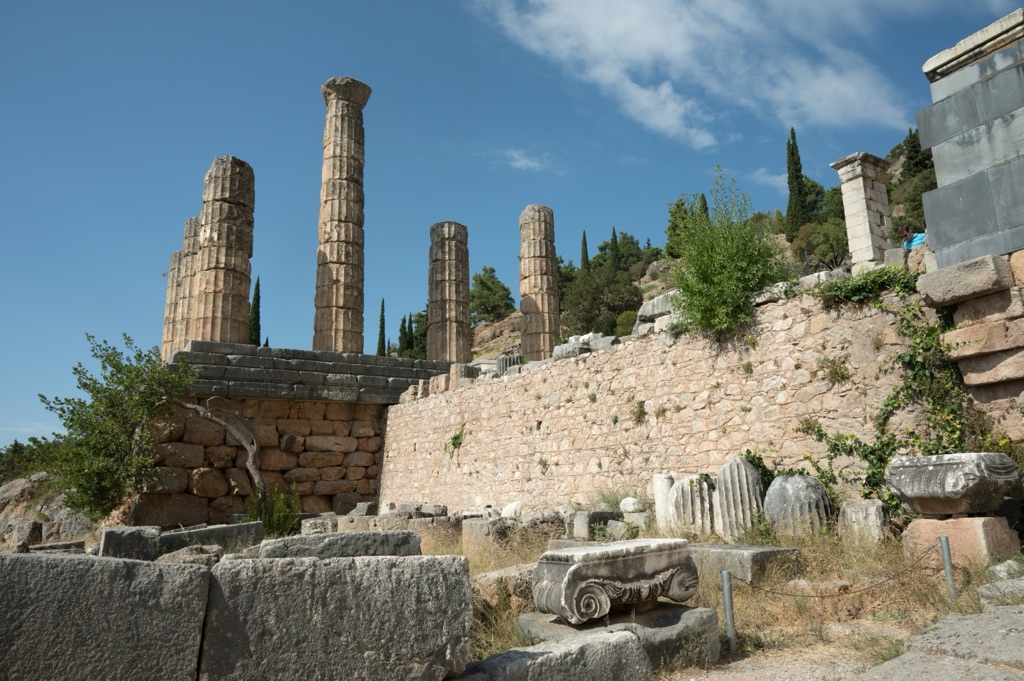
What role did the Temple of Apollo in Delphi play in ancient Greek society and religion?
The Temple of Apollo at Delphi was a central hub of Greek society and religion. As the home of the Pythia, the oracle of Delphi, the temple was a major destination for those seeking divine guidance. The oracle’s responses, considered to be the words of Apollo himself, were highly influential in both public and private life. Kings, generals, and ordinary citizens alike would travel to Delphi to consult the oracle, and her pronouncements could shape the course of wars, political policies, and personal decisions.
The temple also played a significant role in fostering a sense of shared Greek identity. Despite the often fierce rivalries between different city-states, the sanctuary of Apollo at Delphi was a neutral ground where representatives from all over Greece could interact. This helped to foster a sense of shared Greek identity and culture.

The Temple of Apollo was also a major economic center. The offerings and donations made by those seeking the oracle’s advice brought great wealth to Delphi, allowing the construction of numerous treasuries, monuments, and other buildings. This wealth, in turn, increased the temple’s influence and prestige.
The temple was also a center of learning and philosophy. The Delphic maxims inscribed on the temple’s walls represented some of the earliest expressions of Greek philosophical thought. These sayings, attributed to Apollo himself, were considered to be divine wisdom and were widely disseminated throughout the Greek world.
Finally, the Temple of Apollo at Delphi was a significant architectural achievement. Its design and decoration reflected the wealth and prestige of Delphi, and its location on the slopes of Mount Parnassus offered stunning views of the surrounding landscape. The temple was a testament to the skill and creativity of its builders, and its ruins continue to inspire awe and admiration today.
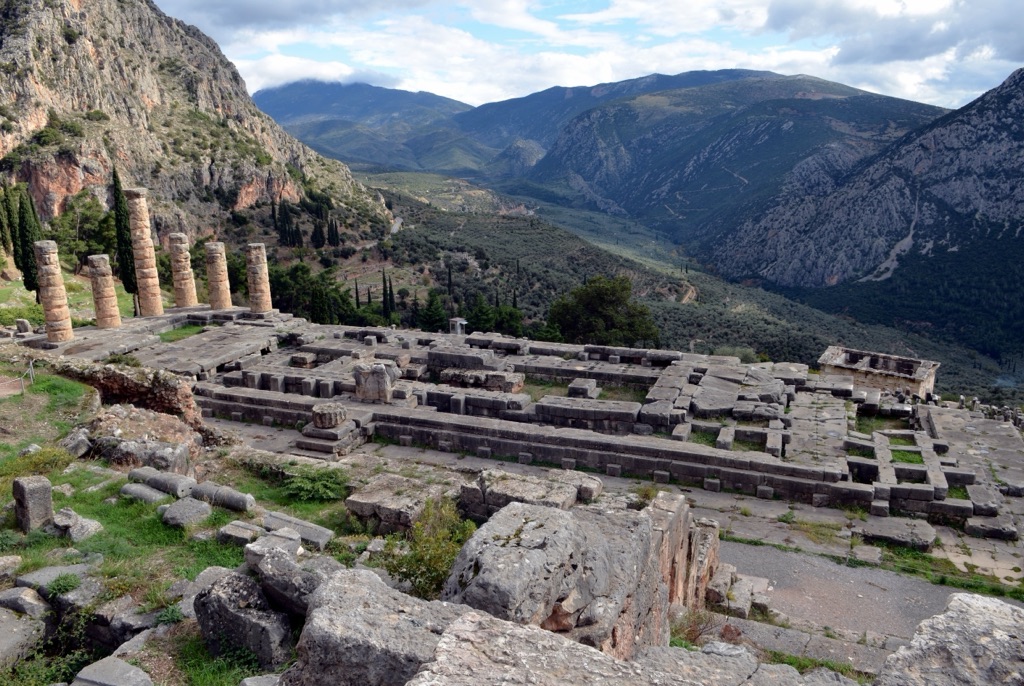
What are some of the key architectural features and discoveries made at the Temple of Apollo in Delphi?
The Temple of Apollo at Delphi is a remarkable example of ancient Greek architecture. The temple was built in the Doric style, one of the three classical orders of ancient Greek architecture, characterized by sturdy columns with simple, fluted shafts and plain, saucer-shaped capitals. The temple was built on a terrace along the slope of Mount Parnassus, and its design took advantage of the natural landscape to create a stunning visual effect.
The temple was built and rebuilt several times over the centuries, with each iteration reflecting the changing tastes and technologies of the time. The final version of the temple, built in the 4th century BC, was a peripteral temple, meaning it had a single row of columns all around the building. The temple had six columns on the short sides and fifteen on the long sides, and was adorned with richly decorated pediments and friezes.
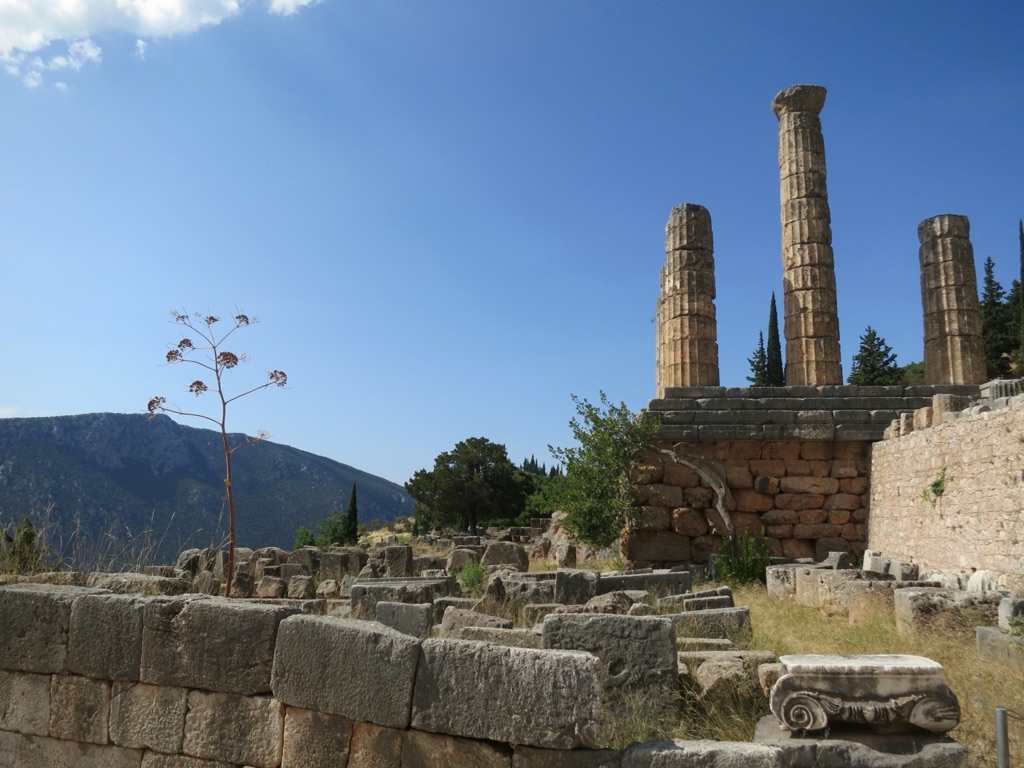
Inside the temple was the adyton, the innermost sanctuary where the Pythia delivered her oracles. The adyton was located at the center of the temple, and was considered the most sacred part of the building. It was here that the Pythia would sit on a tripod, enter a trance-like state, and deliver the oracles of Apollo.
Archaeological excavations at the site have uncovered numerous artifacts, including statues, offerings, and inscriptions. One of the most significant discoveries is a large number of tripod dedications, offerings made by those who had consulted the oracle. These tripods were often inscribed with the names of the donors and the responses they received from the oracle, providing valuable insights into the workings of the oracle and the beliefs and practices of those who consulted her.
Another important discovery is the so-called “Serpent Column,” a bronze column in the shape of three intertwined serpents. The column was originally part of a larger monument, the Tripod of Plataea, which was dedicated to Apollo by the Greek city-states after their victory over the Persians in the Battle of Plataea in 479 BC. The Serpent Column is one of the few surviving examples of a votive offering from the ancient world, and is a testament to the wealth and artistic skill of the ancient Greeks.
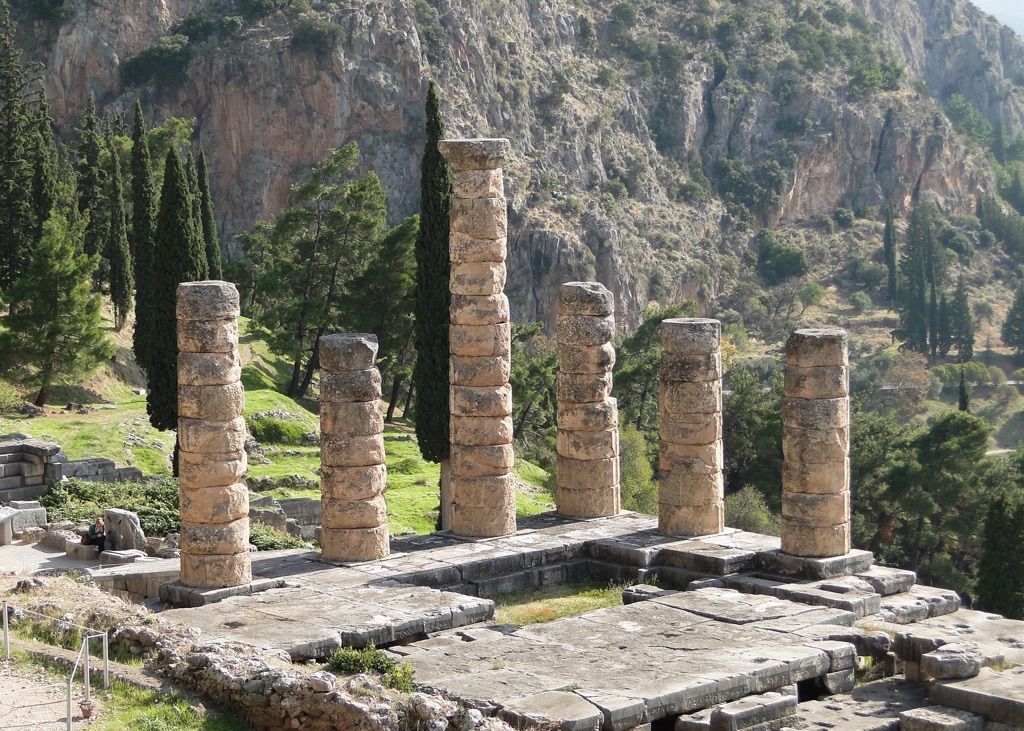
Conclusion and Sources
In conclusion, the Temple of Apollo at Delphi was a central hub of religious, cultural, and political activity in ancient Greece. Its significance extends from its role as the home of the most important oracle in the Greek world, to its status as a major site for the worship of Apollo, to its influence on Greek philosophy, culture, and society. The temple’s rich history and stunning architecture continue to fascinate scholars and visitors alike, and its ruins stand as a testament to the skill and creativity of its builders, and the enduring legacy of ancient Greek civilization.
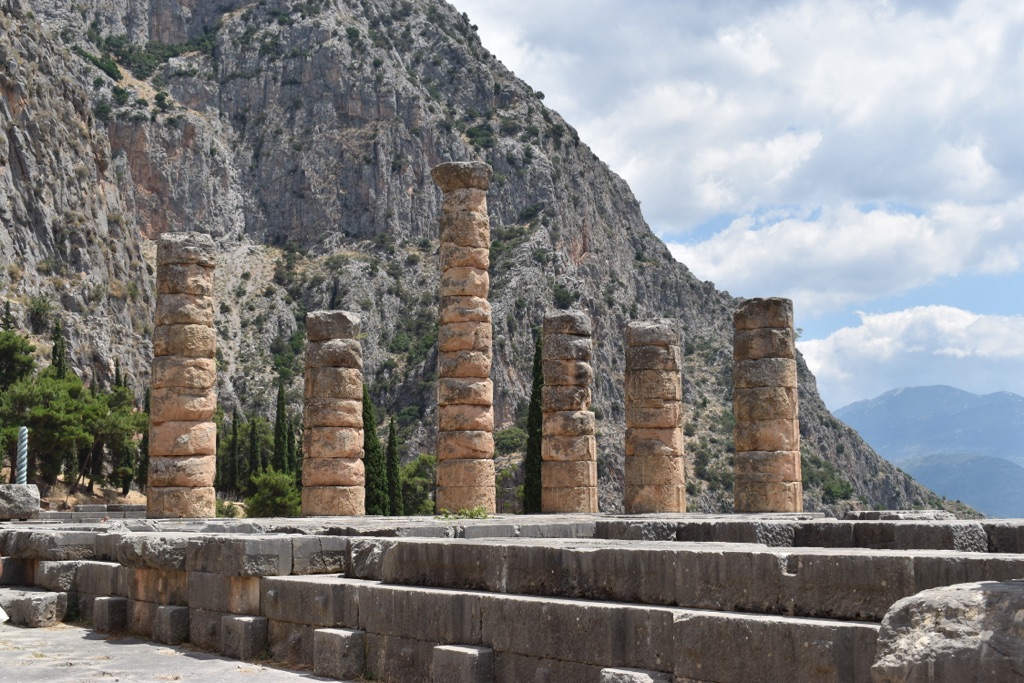
For further reading and research, the following sources are recommended:

